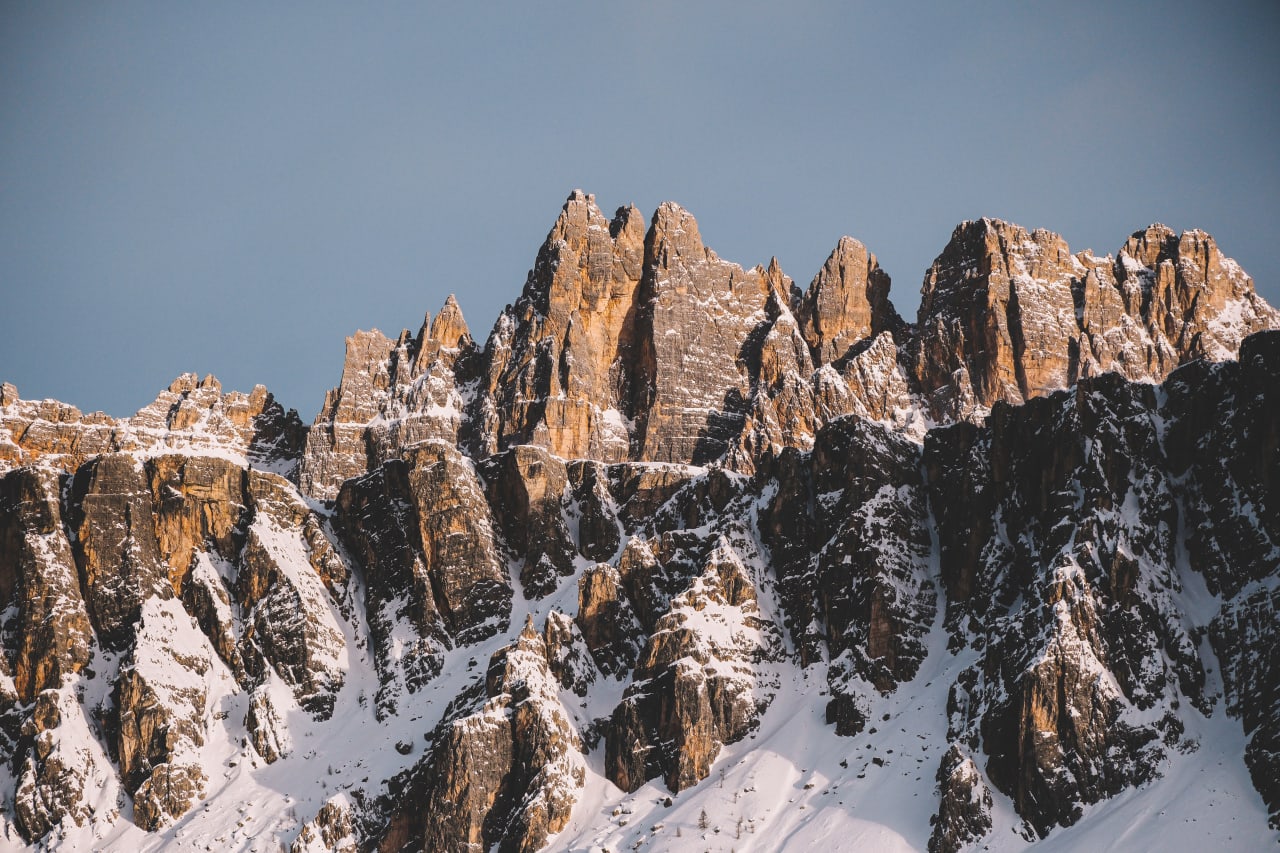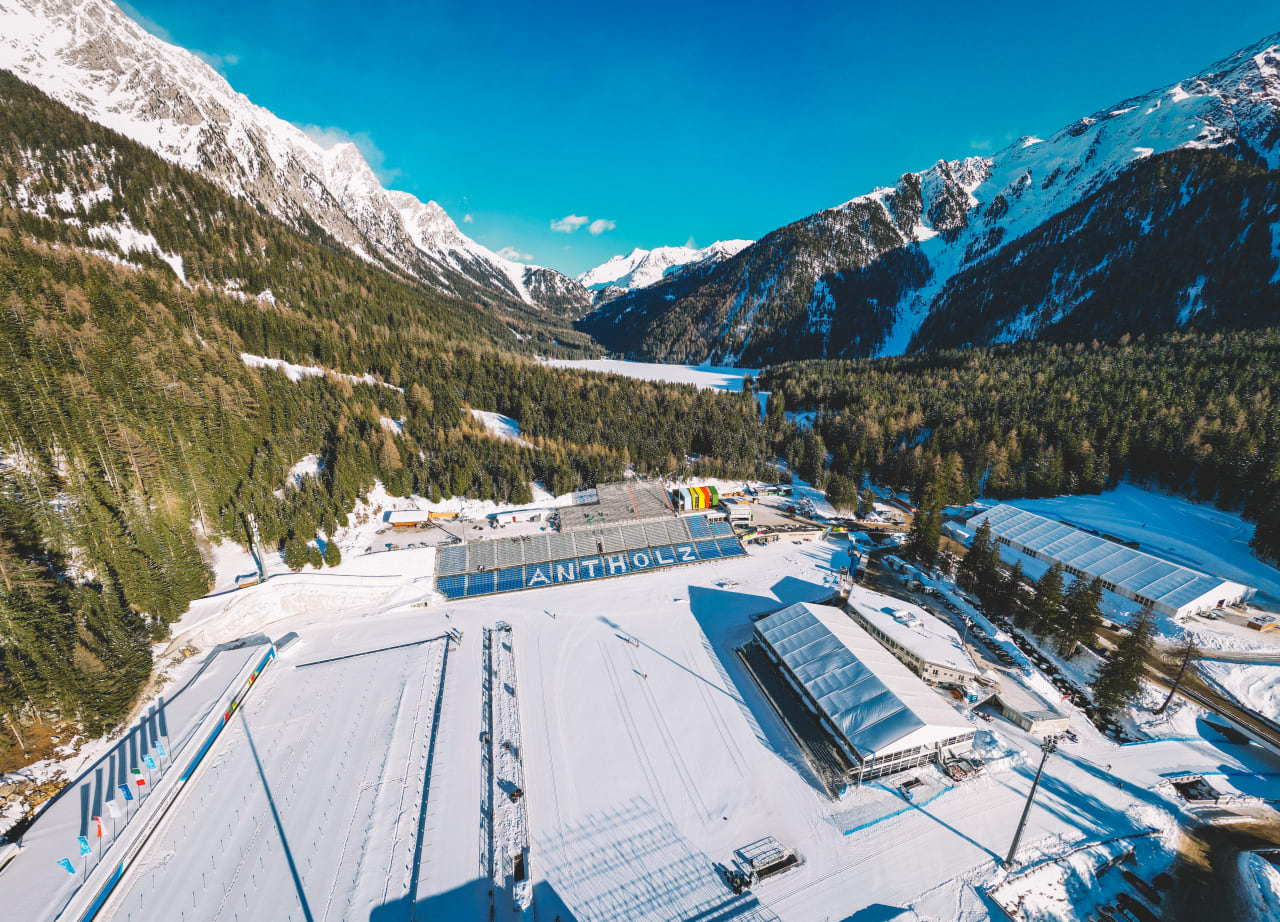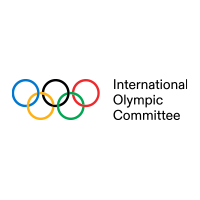07 November 2025 - In 100 days, Milano Cortina 2026 will begin, drawing on iconic winter sports venues that have long made Italy a home of champions from around the world. The Olympic Games will unfold across more than 22,000 square kilometres of northern Italy’s beautiful alpine mountains and historic cities.
By making the most of what already exists, organisers are reducing the need for new construction, tapping into proven local expertise, spreading opportunities across regions, and accelerating projects that respond to real community needs – from improved transport and infrastructure to year-round tourism and housing.
Key facts:
- Milano Cortina 2026 spans northern Italy’s iconic venues, using 85 per cent existing infrastructure to reduce construction and highlight regional diversity.
- The Games address local challenges, supporting alpine communities by accelerating infrastructure upgrades, tourism and long-term resilience.
- The first Olympic Winter Games shaped by Olympic Agenda, rooted in the local context and adapted to regional realities to provide the best sporting conditions for the athletes amid climate and environmental challenges.

Olympic Games rooted in the local context
Italy has long been a home of champions from all over the world, with venues that have hosted World Cups, World Championships and the Olympic Winter Games. Milano Cortina 2026 builds on this legacy, celebrating northern Italy’s cities, valleys and alpine towns.
More than 100 medal events across 16 disciplines will take place in Lombardy, Veneto and the autonomous provinces of Trento and Bolzano, showcasing the diversity and sporting heritage of northern Italy – from Milan’s vibrant cultural heart to the dramatic peaks of the Dolomites in Cortina d’Ampezzo.
Olympic Games adapted to regional realities
The Olympic Games are also shaped by the broader challenges facing alpine regions: shorter winters, depopulation and the need to diversify beyond seasonal tourism. Milano Cortina 2026 responds to these realities by supporting residents’ well-being and accelerating initiatives that strengthen regional resilience well beyond 2026.
For example, accelerated investments in transport links to Valtellina and Cortina, as well as in Trento and Bolzano provinces, are boosting regional connectivity; and upgrades to the electricity distribution systems and medical services in Livigno are intended to strengthen local resilience.
By anchoring events in existing venues, the Olympic Games reduce the need for new construction, leverage local expertise and help communities deliver projects that meet real needs – accelerating investment in transport and energy upgrades to new housing and community facilities.

Marie Sallois - IOC Director for Sustainability

Milan – cultural and financial capital
Milan, Italy’s cultural and financial capital, will host the Opening Ceremony at San Siro Stadium, and will stage figure skating, ice hockey, short track and speed skating in permanent multi-purpose venues or temporary structures, reflecting Milano Cortina 2026’s commitment to flexibility and sustainable planning.
Cortina d’Ampezzo – Queen of the Dolomites
Cortina d’Ampezzo, the “Queen of the Dolomites” and host of the 1956 Olympic Winter Games, will once again shine, staging women’s alpine skiing, bobsleigh, skeleton and luge against the dramatic Tofane cliffs, building on its tradition of World Cup and major sliding events. Curling will take place at the historic Olympic Ice Stadium, built for the 1956 Games which, ahead of the 2026 Paralympic Games, will be made fully accessible to spectators and athletes alike.
Bormio and Livigno – Alpine Excellence
Men’s alpine skiing and ski mountaineering – an Olympic debut – will unfold in Bormio, a medieval spa town famed for the Stelvio piste and regular Alpine Skiing World Cup races. Nearby Livigno – a global freestyle and snowboard hub – will host freestyle and snowboard competitions.

Val di Fiemme – a Nordic Tradition
In Val di Fiemme, the spruce-forested trails of Predazzo and Tesero, long a cradle of Italian Nordic skiing and host of multiple FIS Nordic World Championships, will welcome cross-country and Nordic combined.
Anterselva – a Biathlon Icon
Anterselva (Antholz), a celebrated Biathlon World Cup stop and host of the 2020 World Championships, brings biathlon to one of the sport’s most iconic venues near the Austrian border.

Verona — a Timeless Stage
The Olympic Games will close in Verona’s 2,000-year-old Arena, a Roman amphitheatre that today hosts concerts and operas under the stars, and will also welcome the Opening Ceremony of the Paralympic Games. Reflecting the venue’s importance, the Italian Government has allocated around EUR 20 million to improve accessibility at this iconic monument, creating a powerful legacy for generations to come.
A Winter Olympic Closing Ceremony for the history books. ✨
— The Olympic Games (@Olympics) November 6, 2025
Verona, we can’t wait to step inside.@milanocortina26 pic.twitter.com/yjylL24fPZ
A modern, more sustainable approach
The Olympic Games have long carried the imprint of their landscapes. St Moritz scattered competitions across the Engadin valley; Lake Placid sent alpine skiing to distant Whiteface Mountain; Albertville stretched across a necklace of villages; and Vancouver paired a coastal city with Whistler’s slopes.
Milano Cortina 2026 carries this idea forward, translating it into a modern approach that links Italy’s premier venues while respecting the character of each place and addressing today’s environmental and social challenges, such as climate change, depopulation and fragile mountain environments.
This is an Olympic Games edition designed to fit its territory. It shows how to honour its host regions, meet their challenges and create a legacy that benefits communities for decades to come.

Marie Sallois - IOC Director for Sustainability

